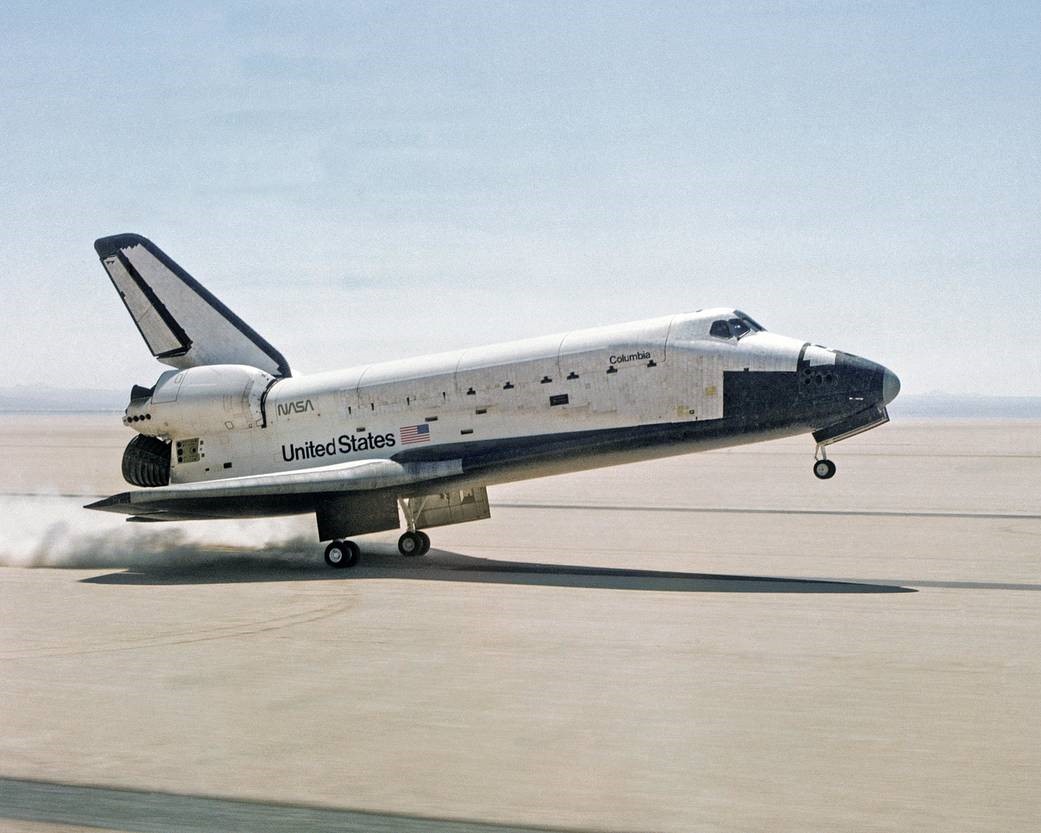Fundamental Space Biology
Human Cell and Tissue Experiments in Space
Our fundamental and translational space biology team, led by Dr. Thomas J. Goodwin, Ph.D. (NASA, retired), has extensive experience in 3-dimensional tissue engineering, cell and molecular biology, and synthesized tissue growth, having grown roughly 50 different human tissue types on Earth and in space. Dr. Goodwin is the former Chief Scientist for the Cellular Biotechnology Facility on the International Space Station.
We have expertise in experimental design and payload integration of biotechnology and bioengineering experiments for spaceflight applications to the ISS, suborbital spacecraft, Lunar craft, and beyond. This work is rooted in building complex human cell and tissue models, as surrogates to study human responses to space with the goal of developing successful countermeasures.
Engineered Tissue Models as Human Surrogates
The space environment does not always lend itself to asking and answering fundamental and translational physiology questions, because of the obvious difficulties of appropriately controlling all variables in humans. Our team has extensive experience in using individual cell and tissue types to assess cellular responses to microgravity, radiation, and a range of conditions. Moreover, we are experienced in using integrated omics (genomics, epigenomics, transcriptomics, proteomics, metabolomics, etc.) to characterize the molecular networks in those cells or tissues exposed to the space environment. We also have the ability to test various countermeasure candidates in such models. This can lead us more quickly to the development of more sophisticated experimental design of human trials involving astronauts.
Examples of Current Areas of Exploration:
Neural Progenitor, Lung, and Hepatic Cell and Tissue Constructs
Three areas illustrate how our tissue capabilities can lead to breakthroughs in spaceflight science. The first is the use of human neural progenitor cells or tissue models in space to assess the effect of radiation outside the space station and compare with cells/tissues grown inside the space station. The second is the similar use of lung cell or tissue models in space. These will help us better understand the weak links and countermeasure targets for protecting the human brain and lung on deep space or prolonged lunar missions. The third is examining the effect of space radiation on drug metabolizing enzymes in liver, using liver constructs grown outside and inside the space station. This will help us better tailor drug therapeutics to individual astronauts and better predict their response.
Examples of Past Spaceflight Biotechnology Research:
NASA STS-107 SpaceHab mission for Human Health
An illustration of advanced spaceflight biotechnology research was performed onboard NASA’s STS-107 Columbia Shuttle mission that was tragically lost on its return from space. This project was developed by our team leader in tissue engineering, Dr. Thomas J. Goodwin in collaboration with Dr. Lelund W.K. Chung, PhD, of Cedars-Sinai, Los Angeles. This was a prostate carcinoma/bone stromal experiment that resulted in the largest tumor assemblies ever grown in microgravity.
While the experiment was lost with the Columbia shuttle, the video (Video Credit: NASA) and metabolomic data transmitted by Payload Commander Michael Anderson during the experiment, revealed this as a significant milestone in 3-dimensional (3-D) tissue biology, as reported in the Journal of the National Cancer Institute https://academic.oup.com/jnci/article/95/7/505/2520676

The space shuttle Columbia, shown here (Image Credit: NASA) after its first orbital mission in 1981, broke apart on reentry after 16 days in space on February 1, 2003 . All seven crew members were killed. One of the 80 scientific experiments on board was a project designed to recreate the natural environment in which prostate tumors develop in the presence of bone, as described above.
Our Services
Please ask us about our services in spaceflight biotechnology experimental design, which includes linking the human clinical or performance question to the appropriate cellular or tissue model. Our service also includes payload integration, integrated omics analysis (genome, transcriptome, proteome, metabolome, tissue/cell phenotype), computational biology, interpretation of biological meaning, identification of potential countermeasure targets, and translation to experimental design of human studies.
For more information on Dr. Tom Goodwin’s previous NASA research see:
